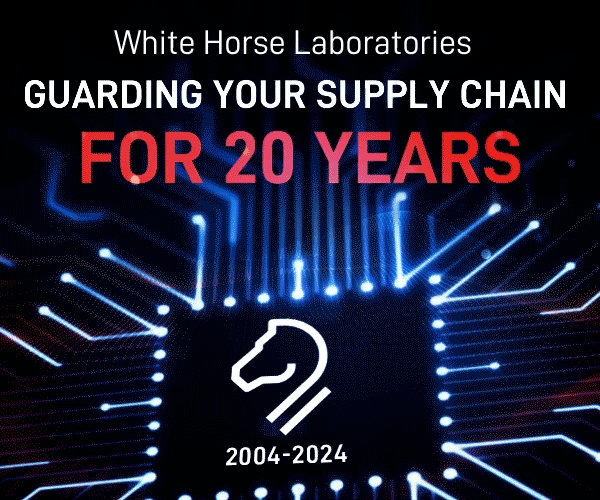What the FRACAS Is the CAPA About?
By Michael Ford, Aegis Software

Full disclosure. Having been in the industry for so many years, I still had to Google these terms to be sure that I had an “official” understanding of the meanings. That did not go quite as planned. I ended up with several choices, including “Corrective Action, Preventative Action” and “Corrective And Preventative Action”. I then found also FRACAS, (Failure Reporting, Analysis, and Corrective Action System), which was just one of a whole host of others, including PRACAS, DRACAS, RCA, IFR, SCAR, PAR, CPAR, and many more. My immediate reaction is to think that this whole area of quality management seems grossly over-engineered. Having so many “flavors” is surely the smoke that obscures significant differences of opinion on how the principles behind these terms are being applied. Do I really want to add more fuel to this fire?
Yes, I do, but rather than simply argue semantics and snappy acronyms, it is better to understand what is going on in terms of the real value behind the original principles. Quality management applications have been for many years one of the most common software applications in manufacturing, mainly home-grown, database systems. QMS (Quality Management Systems) in the vast majority of cases are able to collect symptom information for reporting, production exception control, and traceability purposes. Many electronic interfaces have been created to capture test and process data, creating electronic repair tickets from the hundreds if not thousands of different testing and inspection machines available. Information about the determination of any defect is then made and repair information captured. The result is a well-managed manufacturing operation that delivers only properly tested products to end customers, albeit at an inflated cost, due to the overhead associated with repetitive repair and of course the threat to on-time delivery. It takes significant time to effect repairs and re-test, with the need also for specialist technicians. As it stands, there is definitely something wrong with this picture.
The move towards zero-defects is not just to put QMS on steroids. It is simply not enough to have the best information and the best procedures in place to deal with defects as they occur. The defects themselves should not have occurred in the first place. Having collected all of the data however is a good start, as it is then possible to see exactly where repetitive defects have occurred, and more crucially, where they have not. With a forensic-style investigation through the data, together with a physical understanding of the processes, the true root-cause of the defect can be established, which can be due to several different things. It can be, for example, some exception in an automated manufacturing process, an issue during sub-assembly transportation, a change in a material supplier, or an over-ambitious design feature as compared to equipment capability. Once the root-cause is found, there is the opportunity to make a change to the process such that the same condition that created the defect can never happen again. A tighter control of materials perhaps, a better procedure for transportation, better management of machine parameters etc. are all example actions that can be taken.
Unfortunately, the most common result of such actions is that similar defects do in fact continue to occur. It can be that a preventative action was taken on the specific machine where a defect-creating case was discovered, but another machine where a similar risk scenario could occur was not considered. Also very likely, the action taken to change the processes was undone over time, as the reason behind the change was not remembered or knowledge was not passed on to other operators. Effective administrative quality management practices are required in these circumstances to ensure that fixes are complete and stay fixed. In essence, the process is to define procedures that should be followed to ensure that all possible scenarios have been considered, and, that actions taken prevail over time. Procedures to check that countermeasures are still in place and understood by those responsible at the machine or process can also be included. Exactly how and to what extent this is done is dependent on the nature of the processes, products and the people involved, the diversity of which no doubt has led to the multitude of CAPA style definitions.
Any operation that is genuinely interested in achieving zero-defects, which need not be only for critical safety or business critical products, but also simply to save costs of poor quality and risk of delayed delivery, must have some form of procedure to work back from defect data collection, to sustainable defect avoidance (DDCSDA anyone?). There is of course a trade-off, as there is cost associated with taking these actions, which will be weighed up against the benefits. Sometimes though, cost is seen as just cost, the hope being that manufacturing have “learned their lesson” and that no defects will happen even if the procedures were compromised. The avoidance of this also needs to be a part of the zero-defect strategy.
As a best practice, details of corrective actions etc. should be created and managed together in the same environment as the defect recording system, for example, to create an overall digital holistic QMS that features a combination of automated symptom and defect capture, traditional quality reporting, root-cause analysis, repair method execution and administrative quality task management. It is then easy for anyone to see and understand, both immediately and in the future, the link between the corrective actions and actual causes. Without this combination in the single digital environment, people will be left without the means to sustain the needed quality procedures performed in manufacturing, leading to the recurrence of defects.
The fracas around administrative quality management is that there is no zero-defect reality without its inclusion into the full digital QMS.











